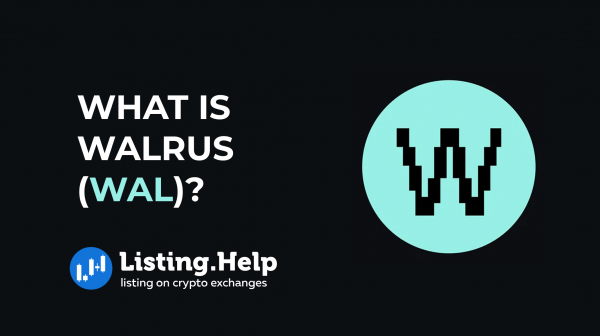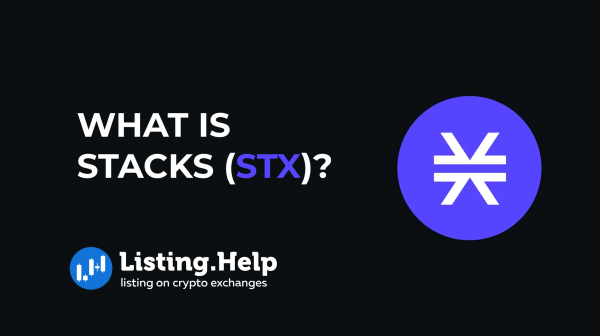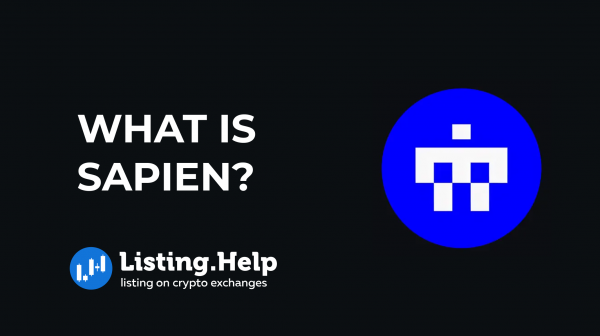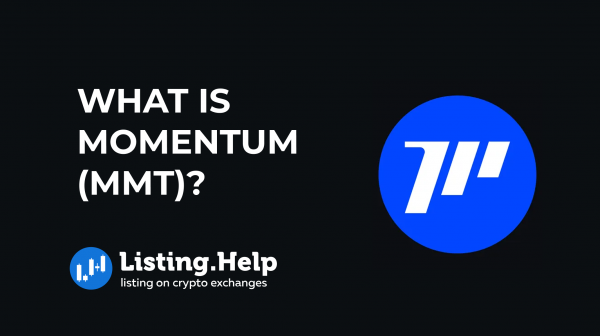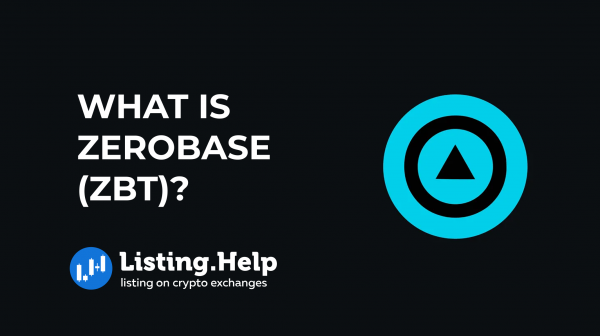What is Chainbase (C)?
 July 27, 2025
July 27, 2025 Updated: July 27 2025, 08:52
Updated: July 27 2025, 08:52
LEAVE A REQUEST
Launching your own token project? Our experts are ready to help with listing on exchanges, market making, marketing and other solutions
SUBMIT APPLICATIONBlockchain networks store a wide range of important information — every token movement, contract interaction, NFT creation, and DAO vote is recorded permanently. But even though the data is all there, it’s scattered across different blockchains and stored in different ways. If you’re trying to pull data from more than one network, you often end up needing to run your own infrastructure, write custom indexing tools, or rely on third-party services that aren’t always dependable.
Chainbase is tackling this by building a network that collects and organizes blockchain data from various chains, then makes it simple to use. Developers can build data-powered tools — like AI agents, analytics platforms, or multi-chain wallets — without having to deal with as many technical obstacles.
What is Chainbase?
Chainbase is a decentralized system that pulls data from multiple blockchains and restructures it into a clean, usable format. Instead of handling fragmented or raw blockchain logs, developers can access structured datasets through a streamlined interface and start working with real-time, cross-chain data right away.
This is particularly useful for applications that need dependable, high-quality data to function well — especially in areas like AI and tools that connect across chains.
How Chainbase Works?
The platform is built on a dual-chain design using Cosmos and EigenLayer, and it runs through four distinct layers, each handling a different part of the data process.
Data Access Layer
Chainbase gathers data from both on-chain and off-chain sources. On-chain includes transactions, contract calls, and other network events. Off-chain data might include AI model outputs or app-related metadata, pulled from decentralized storage.
This data is provided by a distributed network of participants, ensuring no single entity controls the flow. To protect sensitive information while confirming accuracy, the platform uses zero-knowledge proofs — so the data can be trusted without revealing what it contains.
Processing Layer
At the heart of this layer are “manuscripts” — custom scripts written by developers to define how blockchain data should be handled. A manuscript can pull specific data, reformat it, or clean it up so that it’s useful to applications or AI systems.
For example, someone might create a manuscript that tracks token flows within a smart contract or looks for patterns that suggest fraudulent activity.
Once published to the network, a manuscript can be reused by others, and the original creator earns rewards when it’s used. This creates a growing collection of reusable tools and encourages developers to contribute their insights.
Execution Layer
The Chainbase Virtual Machine (CVM) is the environment that runs these manuscripts efficiently, even at large scale. It’s designed to handle many tasks at once through parallel processing.
EigenLayer secures this part of the system. Node operators known as AVS providers can restake ETH or liquid staking tokens to contribute computing power. Their compensation is based on the work they perform, helping keep the system both secure and distributed.
Consensus Layer
For consensus, Chainbase uses CometBFT, which supports fast and consistent data validation with Byzantine Fault Tolerance. It also applies a Delegated Proof of Stake model: validators review and confirm data operations, while token holders can support validators by staking.
Ecosystem Participants
Developers
Developers both use and create data on Chainbase. They write manuscripts — scripts that define how data should be pulled and processed. With the Chainbase SDK, developers can:
- Build manuscripts that turn raw blockchain data into formats useful for AI tools, DeFi dashboards, or monitoring systems.
- Work with accurate, cross-chain datasets that make it easier to build more advanced applications.
- Get rewarded based on how often others use their manuscripts and how useful they are to the network.
Operators
Operators run the infrastructure that powers Chainbase’s execution layer. Their main role is to process manuscripts and keep data operations running smoothly at scale.
- They run the Chainbase Virtual Machine (CVM) to handle heavy data workloads and process tasks in parallel.
- By restaking ETH or liquid staking tokens (LSTs) through EigenLayer, they can take part in executing tasks across the platform.
- Their work is rewarded in tokens, depending on performance, uptime, and how much data they process.
Validators
Validators are responsible for making sure the network stays secure and the data stays correct. They check that everything — from manuscript results to system updates — is valid and consistent.
- They help reach consensus using CometBFT and a Delegated Proof of Stake system.
- They review results from the execution layer, confirm data transformations, and update the network as needed.
- In return, they earn rewards for helping keep everything accurate and tamper-proof.
Delegators
Delegators don’t run nodes themselves, but they help secure the network by staking their tokens with trusted operators and validators.
- By backing participants they trust, they help keep the system decentralized — and they get a share of the rewards.
- Delegators can also vote on protocol changes, funding decisions, and other updates that affect how Chainbase evolves.
What is the C Token?
C is the utility token used across the Chainbase ecosystem. It plays several roles:
- Accessing data: C is used to pay for dataset access and running manuscripts.
- Staking and network support: Operators and validators stake C to take part in the system, and delegators use it to support them and earn rewards.
- Governance: Anyone holding C tokens can vote on system upgrades, changes to incentives, and future plans for the platform.
To give users more flexibility, C was launched on both Base and BNB Smart Chain. Supporting multiple networks makes it easier for developers and users to get involved, no matter which chain they prefer.
The C token is listed on many platforms, including PancakeSwap, Uniswap, CoinMarketCap and Weex. If you’re looking to list your token on similar platforms, understanding the token listing process and crypto exchange listing fees is essential.
Conclusion
Blockchain data is powerful, but messy — especially when it’s split across multiple networks. Chainbase helps make that data easier to access and work with by turning it into clean, structured formats that developers can actually use.

For more insights and updates on the crypto world, don’t forget to check out our blog at Listing.Help.




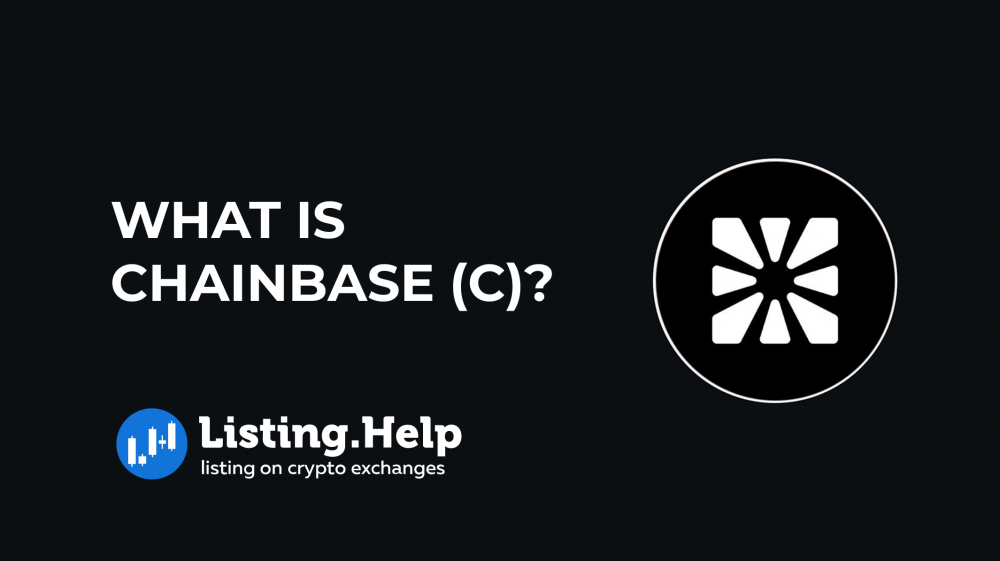

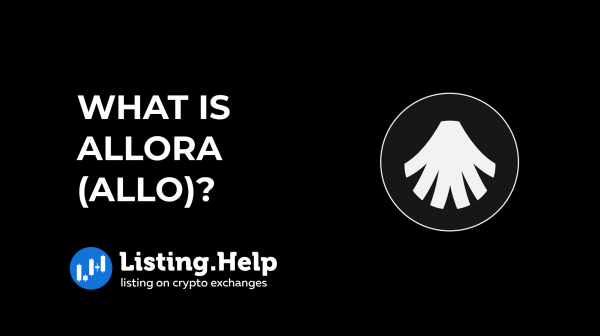
 December 29, 2025
December 29, 2025 
